DIY communication books for children
DIY communication books for children
communication books for children, Communication is a two way-process of receiving and expressing information involving speaking, listening and writing. Non-verbal communication, what you don’t say, is just as important as what you do say.
Good communicators “understand and express ideas and information confidently and creatively in more than one language and a variety of modes of communication. They work effectively and willingly in collaboration with others.”
Effective communication involves listening to others, forming and sharing opinions, selecting an appropriate language, asking questions and collaborating.
Reasons for communicating may include:
- expressing ideas and emotions
- persuading others
- getting things, we need
- seeking and providing information
- building and maintaining relationships
Difficulties a child can face if he/she is still struggling to speak:
- Let’s think of that child who starts school without any speech. They have no difficulty hearing (in fact some sounds are amplified to the point where they must cover their ears).
- But when people speak, they might not be able to process the language.
- They may hear a mumble-jumble of sounds, and when they try to get a clue from facial expressions, things become even more confused.
- Without being able to decode what’s being said, how can the child learn the language skills they need to speak? Frustration sets in.
- They can’t tell us so we start to see challenging behaviour, or maybe they become isolated.
- They cannot find the way to join in so they self-soothe and withdraw.
Modelling speech
- Speech can be modelled by using a communication book for a child because he/she is so good at using symbols to comment.
- We generally use communication book all the time with the children, because of those who are not ready to point and comment.
- The parents love using them because it gives them another way to communicate and model speech consistently.
communication books for children
Communication books
- Kids have fun using all their senses as they explore the world around them. A touch and feel book is one way to engage kids with the sense of touch.
- Babies explore the world around us with touch and get to know objects by feeling it.
- Quiet books for babies are filled with materials that encourage sensory exploration rather than activities to play with.
- You needn’t buy one, just make it yourself and save your budget developing your kid!
- Here are some simple DIY ideas of touch and feel books for babies and toddlers, get inspired!
- This DIY books will provide an opportunity for kids to explore materials that are furry, scratchy and even spongy!
- Keep them handy resource within easy reach so it can be used over and over again.
- A book with a different texture on each page promotes observation, discovery and discussion.
DIY quiet book for babies:
- Make your own touch and feel letters for your littlest learner easily and without breaking the bank.
- These educational letters let beginners explore letters through their senses.
- Alphabet for beginners are letters that are fun, playful and interesting and if you push them on kids that aren’t ready you set up everyone for a frustrating experience.
DIY sensory book for pre-schoolers:
- Touch and feel books are books with a little interactive section on each page of the book, aiming to give the child a textural experience as he browses through the book.
- These books are a great hit with kids of different ages beginning from 3-4 months old and even for toddlers.
- Your kid will enjoy flipping through the pages, feeling the different textured in the shape of his own palm and also tugging at and exploring the book ring.
DIY touch and feel book for toddlers:
- These touch books are fun and fairly simple to put together. They feature different textures on each page, from both sides.
- There’s embroidery, sequins, various types of fabric so that your little child could sense the world around.
- Choose bright fabrics to make the pages catchier and bolder!
DIY no-sew touch book for toddlers:
- If you just welcomed a new baby or expecting one, and you just happen to love making things, there is no better toy than making a little sensory baby book.
- It is also called a baby quiet book, the sensory book is filled with different materials that encourage baby’s development and sensory exploration.
- Nevertheless, encouraging baby’s development from an early age with a simple toy will pay off later.
- Teaching your baby through play and will have a deep impact later on and decrease raising problem with the use of electronic and screen time.
Thoughts
A child will only learn to use pictures or symbols to communicate if they see it happening all the time.
Using a communication book allows us to constantly model an alternative way to comment or make a request. This is such a simple strategy and so effective.
Have you ever thought about making your own books?
It’s fun, rewarding, and it requires only a few basic supplies. You can make your own journal, photo album, sketchbook, or even a storybook. Hand-crafted books also make beautiful, personalized gifts for friends and family members.
Here are three easy ways to make a book. Give these projects a try with your children and see what you can all create!
1.Make an origami book:
These mini origami books are super adorable and much easier to make.
1: Take a blank piece of paper and fold it in half lengthwise so it makes a long, skinny rectangle. Open the paper back up.
2: Fold the paper it in half width-wise so it makes a short, flat rectangle.
3: Fold the top flap in half, aligning the bottom edge of the paper to the top fold.
2. Make a secret message book:
You can use invisible ink, but this secret message book is much more fun and creative way for kids to communicate with others!
- Grab a white crayon, a piece of paper and markers, highlighters or watercolour paint.
- Use the crayon to write your secret message on the paper and be sure to press down pretty hard when you’re spelling out your words, it will make the reveal later easier to read.
- Once you’ve gotten your words down, have your friend cover the page with marker, highlighter or paint and they’ll go from seeing an empty page to a clear message!
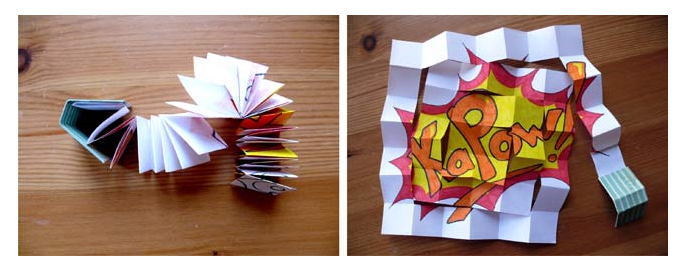 communication books for children
communication books for children
3. Make an accordion book:
- Accordion books make for great displays!
- Children can fill the pages with funny cartoons, fun drawings, or even paste in photos of friends and family. Then stand them up and view all the pages at once!
Need to fill your book?
Now that you have a book, you need to fill the pages. Be the star of your own story or makeup one about something else. Perhaps you’ll want to make a comic book, a princess book, or a book of science experiments. Need more ideas? Try some of these:
- Make a field guide; collect plants and put them in your book with information about each one.
- Draw pictures of animals or insects and write what you know about them.
- Make a book of photos of your friends and family.
- Turn your book into a journal.
- Cut out pictures from your favourite magazines and put them in your book.
- Do you like learning about dinosaurs? Weather? Magical creatures? Draw your favourites and label them.
- Use it as a sketchbook and fill it with your own drawings.
- Turn it into a book of fashion ideas.
- Make a songbook with the lyrics to your favourite songs or write your own music.
The possibilities are endless, so think of your favourite thing and make it into a book. Keep it for yourself or give it away as a gift.
Happy learning!
Feel free to contact us if you are still facing challenges to teach these skills to your children.
communication books for children
If you wish to know more about Speech Therapy, kindly contact us at info@1specialplace.com
https://therakonnect.com/appointments/book/1specialplace
For more ideas check out our other blogs https://1specialplace.com/news/
- Famous people with Autism/ADHD - August 16, 2022
- When is Speech Therapist needed? - March 26, 2022
- Best Toys for Speech Stimulation for Toddlers - June 21, 2021

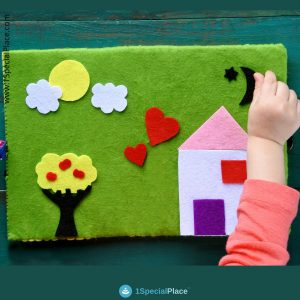
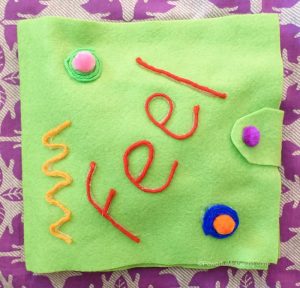
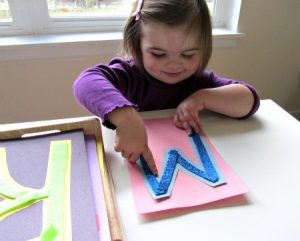
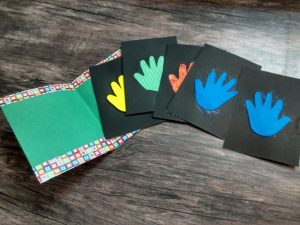
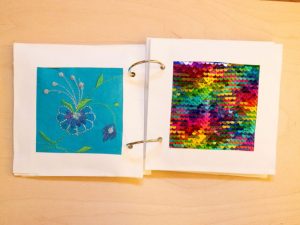
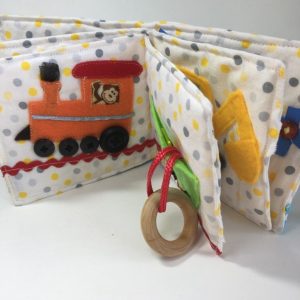
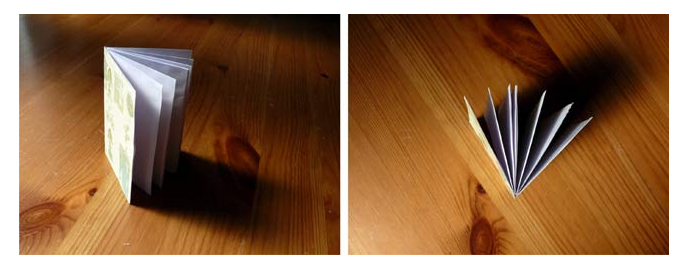
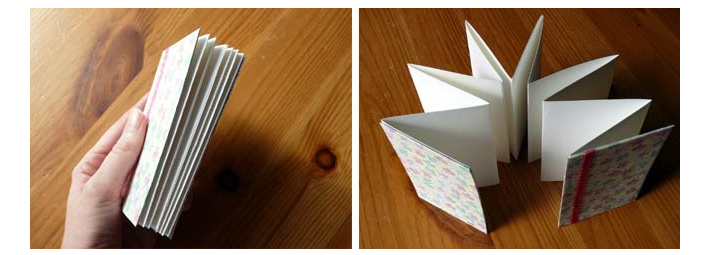
Leave a Comment
(0 Comments)